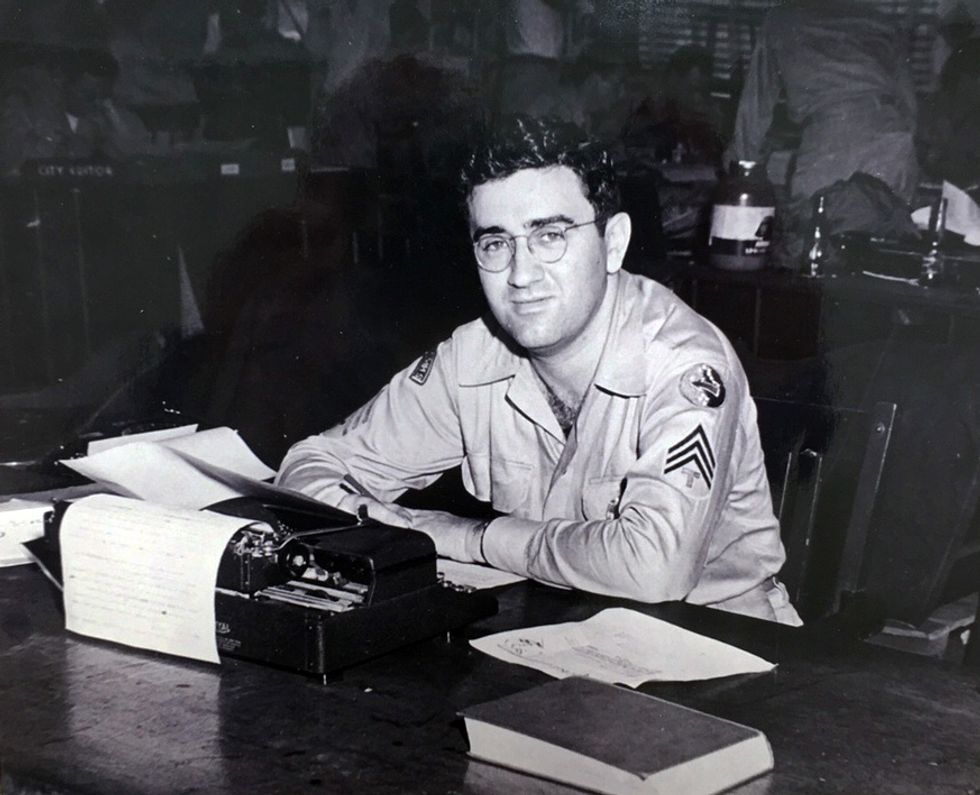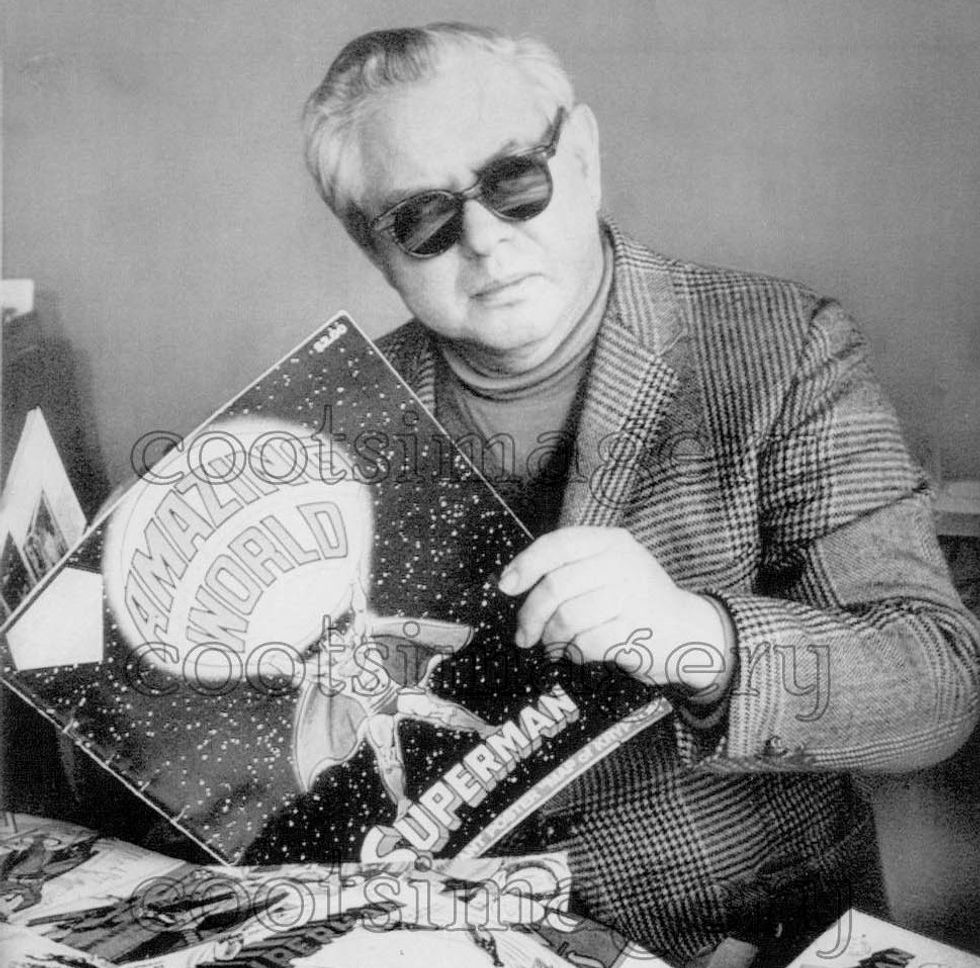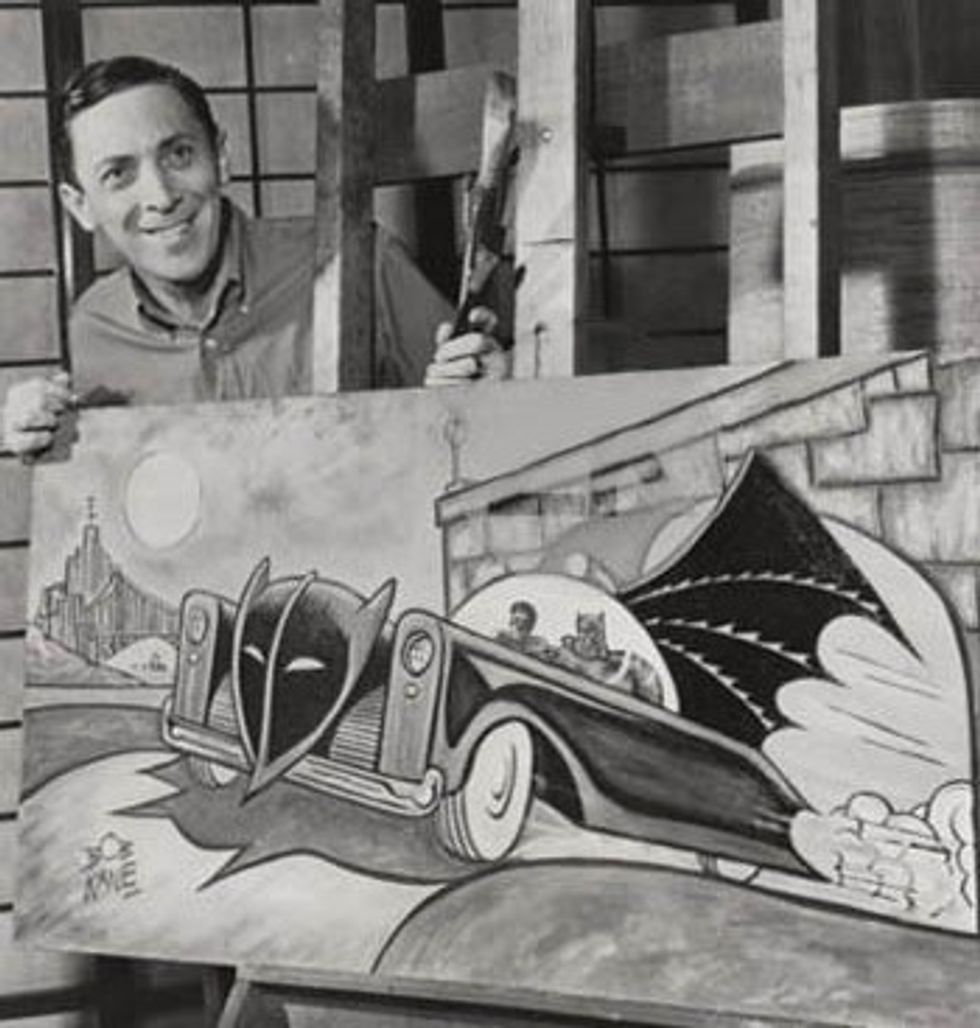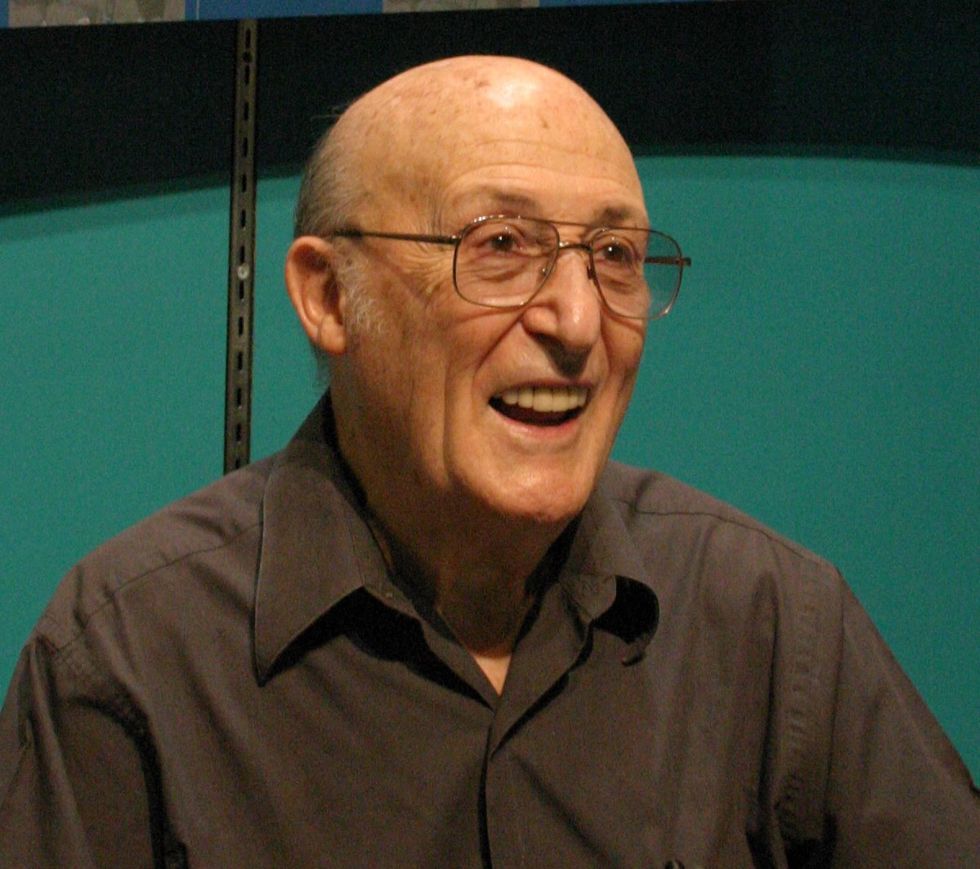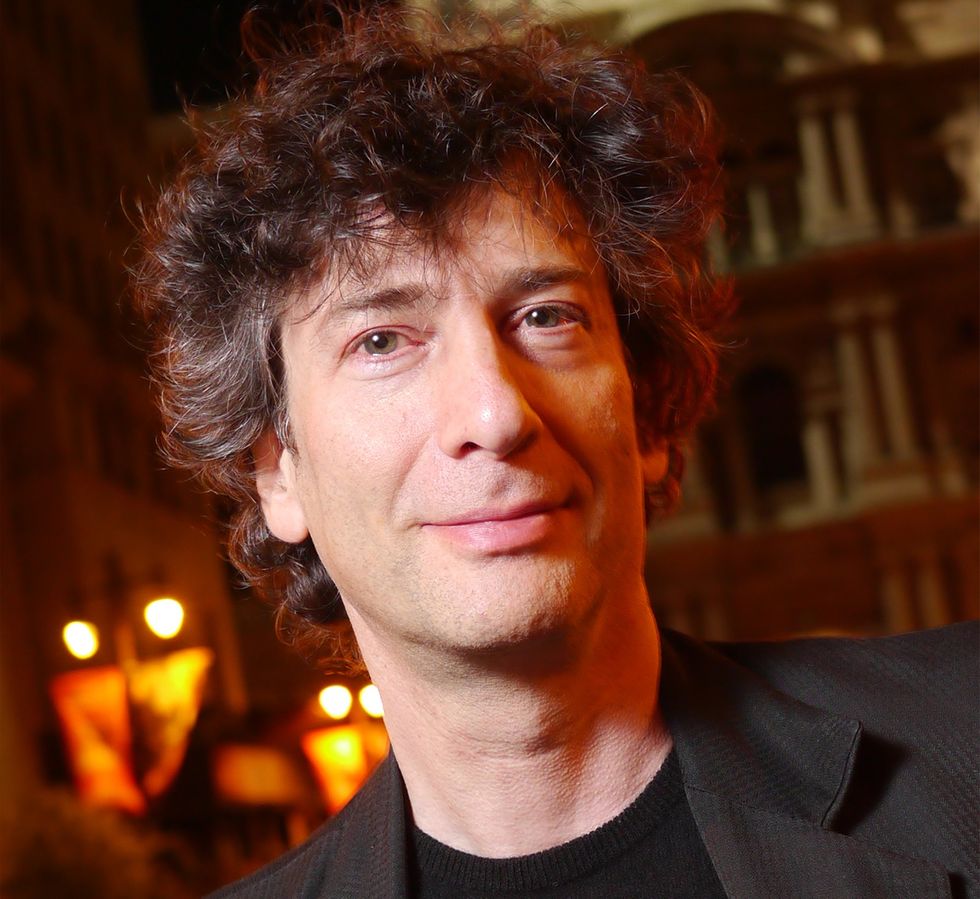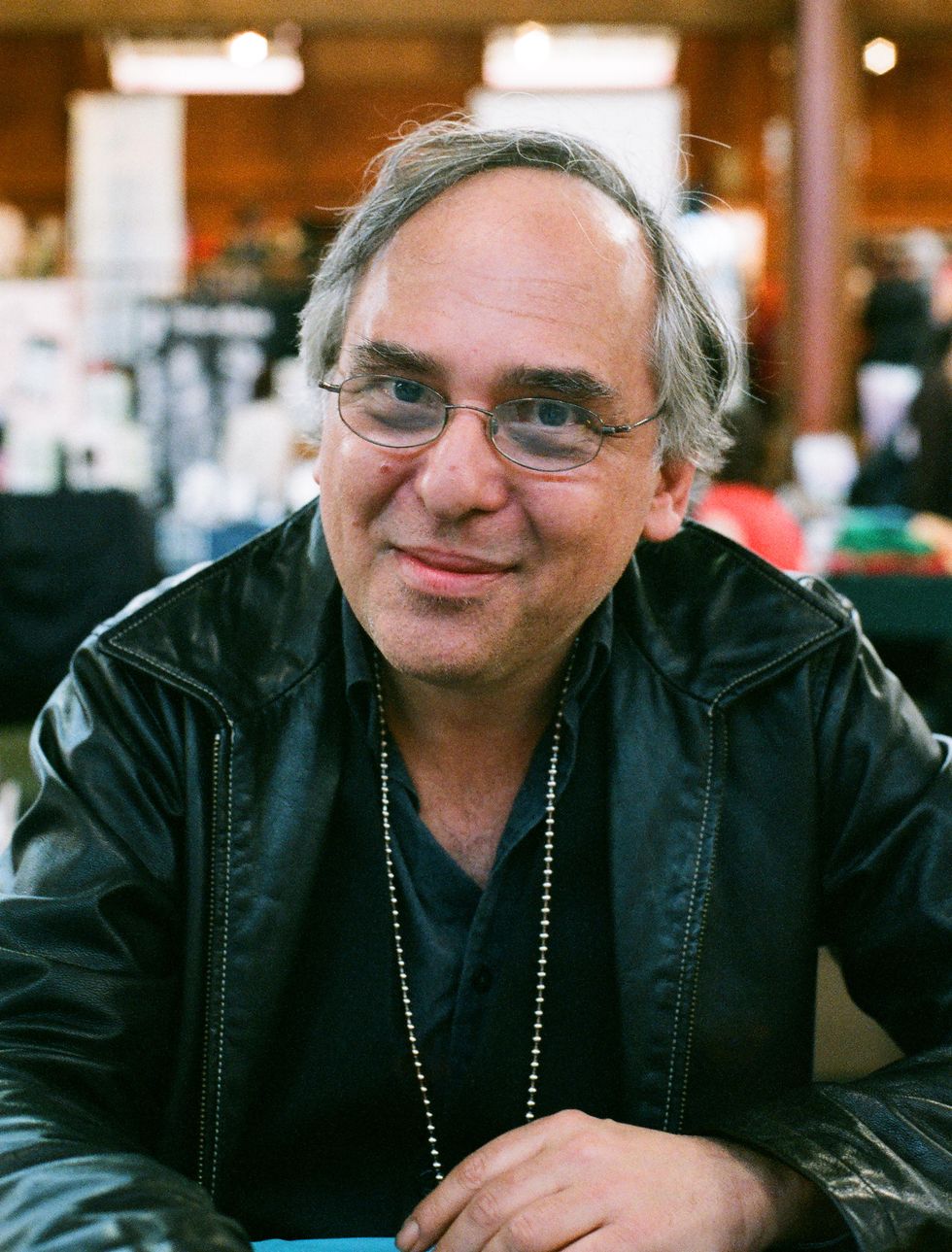Comic books have an interesting history that few people remember.
They’re not just children of the pulp fiction magazines or the closest thing Americans have to mythology.
Comic books are also largely the product of a group of people who turned lack of opportunities into a revolution.
Specifically, many of the first comic book writers came from Jewish backgrounds.
As Michael Chabon, author of an acclaimed historical fiction novel about comic books once commented, the first comic book writers were “guys who couldn’t get work doing anything else because they were too young, or too inexperienced, or they were Jewish.”
Finding steady work was hard for many Jewish people in pre-WWII America.
In spite of difficulties, Jewish writers found their niche in the developing comic book industry, creating characters that still survive today.
Some modern Jewish writers, fortunately working in a world much more open to them, have continued to revolutionize comics books.
Here’s a look at some of the most influential Jewish writers (and writing teams) in comic book history.
1. Jerry Siegel and Joe Shuster
Image Credit: Wikimedia Commons, Wikipedia
American comics wouldn’t be what they are today if not for these two men.
Both born in Jewish immigrant families, Jerry Siegel and Joe Shuster met at Glenville High School in Cleveland, Ohio.
Together, they kick-started the superhero genre when they developed a character called Superman.
Initially, they tried to sell Superman is a comic strip character to newspapers, but no one was interested.
A company which later became DC Comics offered to publish "Superman" as a comic book, Siegel and Shuster took the offer, and the rest is history.
People have suggested various theories for what inspired Siegel and Shuster when they created Superman.
Some have suggested they were thinking of Moses, another famous man who loses his family as a baby and rises to be a great leader.
Others have pointed out Superman’s origin story is reminiscent of Jewish immigrant experiences in the early 20th-century.
Whatever the inspiration, Siegel and Shuster created a character that has become a cultural icon.
In addition to Superman, Siegel and Shuster also created Doctor Occult, one of the DC Comic’s oldest characters still appearing in comics.
Working with artist Bernard Bailey, Siegel also created a seminal paranormal character called The Spectre.
2. Bob Kane and Bill Finger
Image Credit: Wikimedia Commons
Shortly after Superman appeared on comic book stands, cartoonist Bob Kane (born Robert Kahn to Jewish Eastern European immigrants) met writer Bill Finger (born Milton Finger to a Jewish Austrian father).
Kane asked Finger for help developing a character called “the Batman.”
Working together and with a small staff at DC Comics, they created one of the best-known characters in comics, along with much of his rogues' gallery (including The Joker, with help from fellow Jewish cartoonist Jerry Robinson).
Unfortunately, Finger never got full credit for his contributions to Batman (it's hard to even find a bit picture of him these days).
However, he did receive credit for another superhero he worked on with artist Martin Nodell.
A little-known character called Green Lantern.
3. Will Eisner
Image Credit: Wikimedia Commons
Ironically, Eisner was one of many editors who rejected Siegel and Shuster’s first Superman story when they tried to get it published in newspapers.
Fortunately, Eisner’s many successes and groundbreaking works made up for that.
In a career that started in the very early days of comics and lasted until his death in 2005, Eisner created many influential comic book characters (particularly a masked detective known as the Spirit).
He also pioneered teaching comic books as an academic subject in works like “Comics and Sequential Art.”
Maybe most notable, Eisner helped popularize the term “graphic novel,” which he used the phrase to market his book “A Contract With God,” a collection of stories about Jewish families living in New York.
4. Neil Gaiman
Image Credit: Wikipedia
Raised in an English family that had Jewish backgrounds and practiced Scientology, Gaiman’s experienced an eclectic mix of traditions.
That eclectic mix came in handy when he began writing “Sandman” for DC Comics in 1988.
Gaiman took elements from horror, fantasy, world mythology and classic literature to create what is arguably the greatest comic series of the 1990’s.
By the time “Sandman” ended in 1996, it had won numerous awards (including one which comic books weren’t supposed to win).
In addition to various stories in the Sandman universe, Gaiman has also written various smaller stories for different publishers, such as “Marvel 1602” and “Violent Cases.”
Recently, Marvel began republishing “Miracleman,” an acclaimed comic book series which Alan Moore started and then handed to Gaiman in the 1980’s.
5. Art Spiegelman
Image Credit: Wikimedia Commons
Perhaps more than anyone else in the last thirty years, Art Spiegelman proved stories told in comic book format could be as deep and interesting as novels.
His graphic novel “Maus” (which won a Pulitzer Prize in 1992) chronicles his conversations with his father, Auschwitz survivor Vladek Spiegelman.
As the story continues and Vladek gets further along in his recollections of WWII-era Poland and Auschwitz, readers get a closer look at Art’s conflicted relationship with his father.


